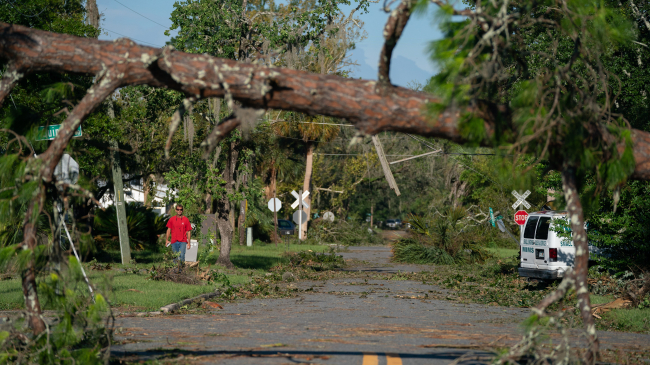New graphic forecasts for pilots flying in the Caribbean and Gulf of Mexico
If you were one of the more than 2.5 million people who flew safely through a U.S. airport today, you might want to thank your flight crew and a specialized team of meteorologists working behind the scenes.

Rays of sunshine coming through an airplane window with seatbacks visible. iStock image. (Image credit: iStock)






